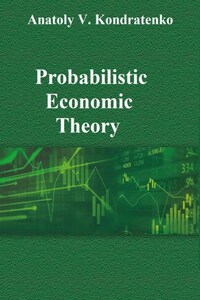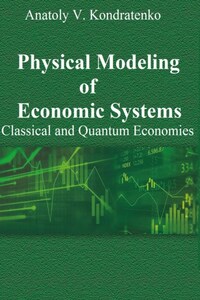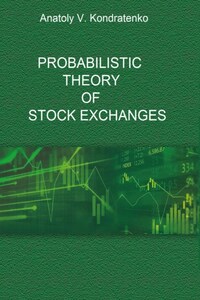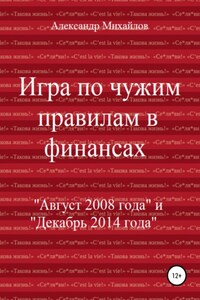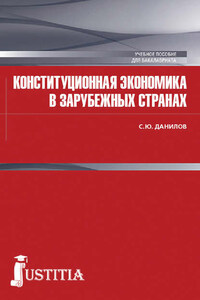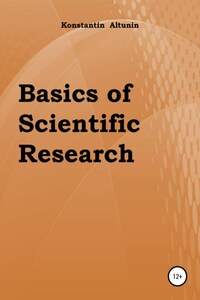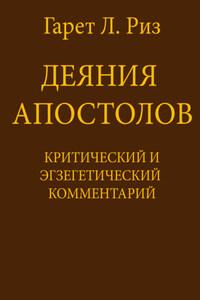I have the pleasure of bringing to the reader’s notice a book that expounds on the principles of physical economics, and more specifically, probabilistic economic theory. In the broad sense, physical economics is a relatively new economic discipline concerned with the study of economic phenomena from the point of view of physics. More exactly, it is through such economic investigations that we explore methods of theoretical physics previously developed in that discipline for solving formally similar problems. Depending on the statement of the economic problem under study, those can be mechanical, statistical, thermodynamic or other methods. For this reason, there are several corresponding variants of presentation of physical economics in the literature depending on the methods applied. The two books [1, 2] can be cited as an example of the presentation of physical economics from the point of view of statistical physics. It is evident that these books primarily deal with open financial markets with huge numbers of market agents, where statistical effects obviously play one of the leading roles. The key review [3] presents a phenomenological version of physical economics in terms of classical mechanics.
As far as my book is concerned, I am interested here mainly in ordinary economies with various markets of goods and commodities. In contrast to financial markets, I believe both the deterministic and probabilistic effects to play dominant roles in such market economies. From the one side, the market agent pursues, as a rule, definite aims and explores standard work methods on the markets that, to some extent, lead to determinism on the markets. From the other side, the market agents are generally forced to work under uncertain market conditions. It means that we always have to take into account in the theory that uncertainty permanently accompanies all of the market agents’ important decisions. There is no escaping the conclusion that all significant market phenomena have a probabilistic nature, too. Therefore, I study the many-agent market economic systems in this book from the point of view of classical and quantum mechanics which have been elaborated through physics to describe the deterministic and probabilistic effects in the many-particle physical systems. For this reason, I treat the term physical economics in the book in the narrow sense of this concept, from the point of view of classical and quantum mechanics of the many-particle systems. More exactly, physical economics here is a study of the formal agent-based physical models of the market economic systems. Finally, I define physical economics here primarily as the science of the agent-based physical modeling of the market economic systems, with the aid of methods and approaches worked out earlier in classical and quantum mechanics. When applying ideas of quantum mechanics to the many-agent economic systems, we inevitably obtain probabilistic economic theory which is understood in this book as most of physical economics. Note that all the physical economic models here are also agent-based ones. I think that there is great advantage to applying the agent-based approach of physical modeling because it makes it possible at the micro level, i.e., at the level of separate agents, to find a basis for explaining economic phenomena at the macro level, i.e., at the level of the whole economy. Analogously, quantum mechanics first explained the behavior of the separate electron in the deep pit. At the time, it undertook the explanation of the macro effects and calculation of macro quantities on the basis of the knowledge obtained there.
In essence, a new physical economic picture of the market world is drawn in the book. There is a huge number of formulas in it, and practically none of them are borrowed from economic literature. However, they all have their analogues in the picture of the physical world, expressed in theoretical physics or, even more accurately, in classical and quantum mechanics.
